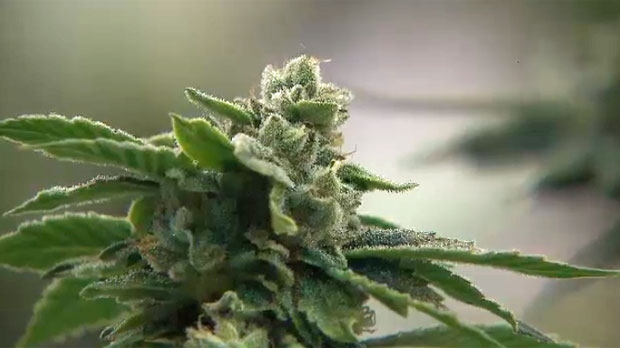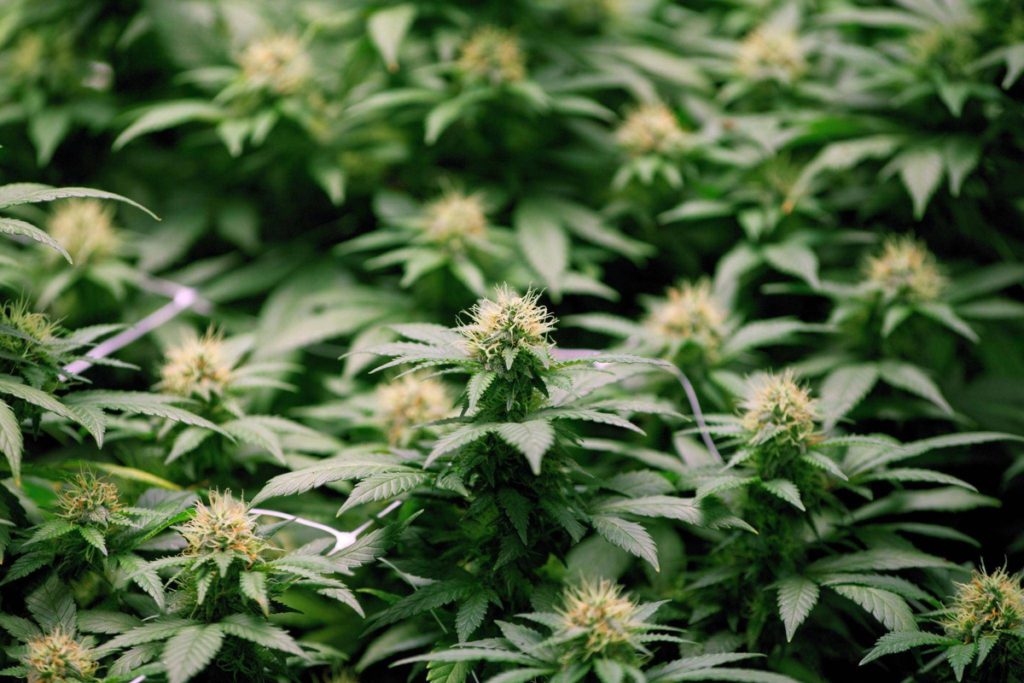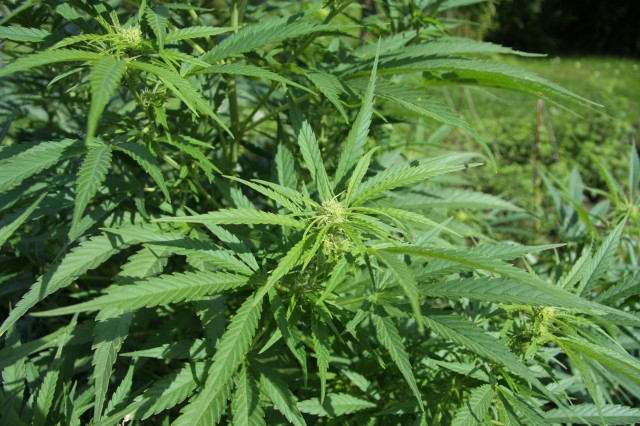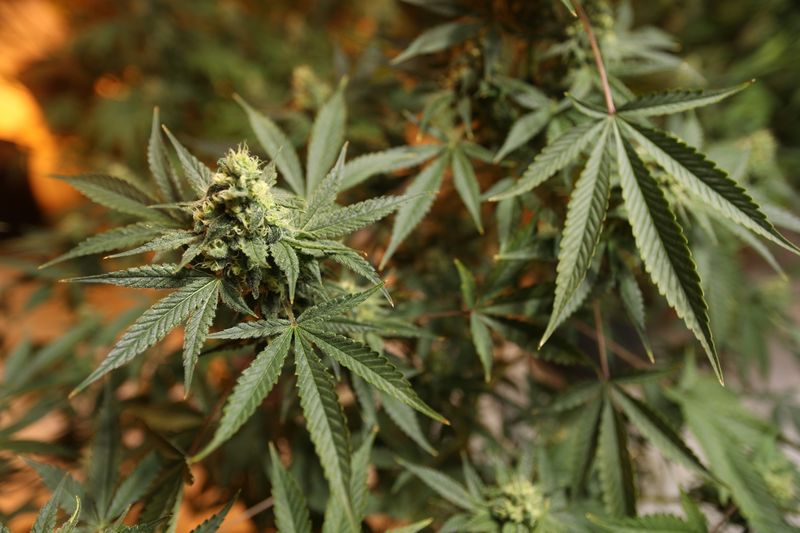Weak leadership in co-cannabis sector leaders Canopy Growth Corp (TSE:WEED) (OTCMKTS:TWMJF) (FRA:11L1) and Aurora Cannabis Inc (TSE:ACB) (OTCQB:ACBFF) (FRA:21P) have put marijuana stocks on the defensive to start the quarter. Both standouts have shed over six percent this session alone, dampening hopes of a quick spring turnaround. It’s been tough sledding for a sector which has faced infrequent, sustained price resistance over the past 2.5 years.
As per recent trend, the whole sector fell in unison today. This was lead from the top-down, with pure-play medical cannabis producers/refiners showing slightly better relative strength than their recreational/diversified counterparts.
Taking a wider view of the market, bulls cannot simply explain away the accumulated technical damage as ‘normal distribution.’ Making excuses at this junction, given the evidence at-hand, is impossible to justify. While investors have different theories on why the spring cannabis trade continues to melt away, one simple fact remains: retail and institutional investors are not defending the bid. Lagging share prices are strewn throughout the sector, as exemplified below:
On a short term basis, none of the ten biggest cannabis stocks in Canada are trading above a simple 20-day moving average. Perhaps more telling, only Canopy Growth is trading above the 50-Day MA, and only 3 of the 10 companies are even trading above their 100-Day MA’s. Aphria Inc (TSE:APH) (OTCMKTS:APHQF) (FRA:10E)—has closed down nine straight sessions. It’s simply impossible to glean ‘strength’ from this unsettled picture.
To be fair, a generalized capitulation in risk assets has strongly influenced the recent selloff. The NASDAQ composite index has shed ↓10.34% since the March 13 highs, while the DJIA and S&P 500 have dropped by similar—if lesser—degrees. NASDAQ’s plunge puts the index into technical correction territory, generally defined as peak-to-trough declines of ten percent. While cannabis has little in common with CPUs, data services and computer hardware companies, risk assets do not trade in a vacuum. Selling is filtering into American cannabis stocks, which in turn influences the Canadian equities.
Stopping the Hemorrhaging
Current market conditions are leaving many investors with unenviable decisions. For investors with a position cost basis above current prices, deciding whether to remain invested or selling-out isn’t clear. Obviously, prices have become more attractive, and the sector still has plenty of time to rally before legalization takes hold.
On the flip side, who knows how far risk assets could decline, given the bull run since 2011. Many high-end technology ‘risk assets’ like Tesla, Netflix and Facebook are facing significant regulatory concerns or cash flow issues. Nobody knows whether cannabis stocks can uncouple from the risk assets spiderweb should price weakness continue. Gauging where sentiment is going three or six months from now is a fool’s errand.
I posit that the first step towards stabilization in the cannabis sector is stabilization of risk assets in general. If you buy into the top-down selling theory—which looks plausible from our perspective—it makes sense that leading risk assets must stop hemorrhaging before market serenity can spread. That means cannabis investors should pay attention to how all risk assets are preforming—from high-alpha NASDAQ components, to the VIX index, all the way down to small cap stocks on the Toronto Venture Exchange.
While correlations aren’t perfect and cannabis stocks may uncouple on their own, it looks like marijuana stocks are caught up in a broad-based, risk asset shakedown. Until the spec investment environment cools down, it’s buyer beware.
credit:midasletter.com













